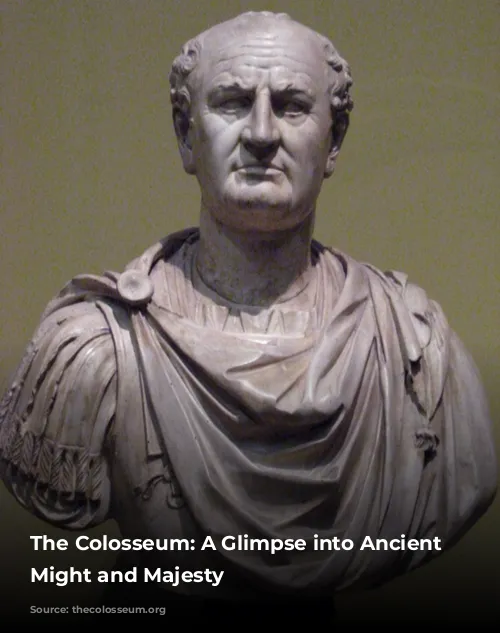The Colosseum, an awe-inspiring monument in the heart of Rome, stands as a testament to the grandeur of the Roman Empire. Its 2,000-year history whispers tales of gladiator battles, fierce animal hunts, and gruesome executions, transporting visitors back to a time when the roar of the crowd echoed through its vast arena.
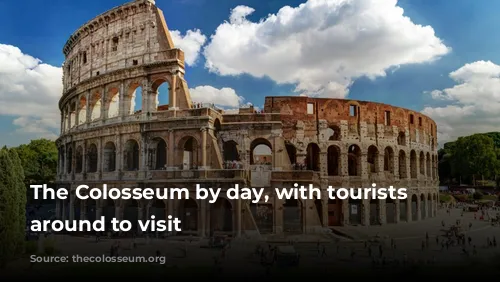
Construction and Beginnings
The Colosseum’s construction commenced in 72 AD under Emperor Vespasian, a testament to Rome’s power and its people’s thirst for entertainment. While Vespasian laid the foundation, he sadly didn’t witness its completion. His sons, Titus and Domitian, carried on the legacy, overseeing the monumental task of building this architectural marvel. Jewish slaves, sadly, were the backbone of this grand project, working tirelessly under the supervision of Roman engineers and craftsmen.
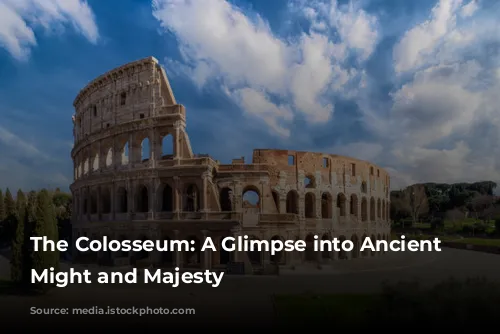
A Colossal Workforce
The sheer scale of the Colosseum’s construction was matched by the enormous workforce employed to build it. Following the first Jewish-Roman war, thousands of Jewish captives were taken to Rome, with estimates ranging from 60,000 to 100,000 people forced to labor on this grand project.
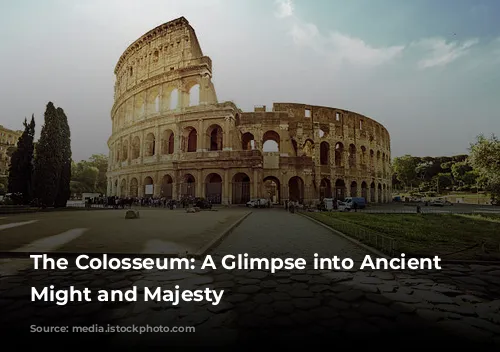
The Colosseum’s Rise and Fall
The Colosseum’s construction was completed in 80 AD, marking the beginning of an era where Rome’s citizens flocked to witness spectacles of unimaginable grandeur. It was born from the ashes of a previous era, replacing Emperor Nero’s opulent palace, the Domus Aurea, which had sparked public resentment. Emperor Vespasian understood the need for a shared space where all Romans could find entertainment, and so the Colosseum was built.
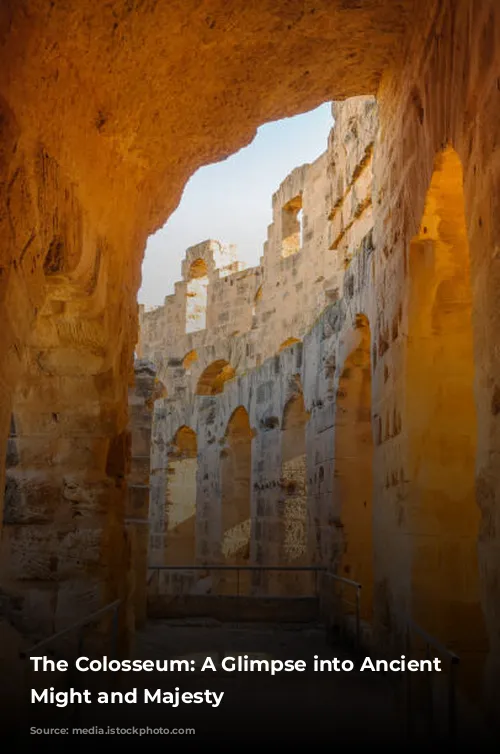
A Name Steeped in History
Originally known as the Flavian Amphitheater, named after the Flavian dynasty, the Colosseum’s current name likely stems from the colossal bronze statue of Emperor Nero that once stood nearby, itself a tribute to the Colossus of Rhodes.
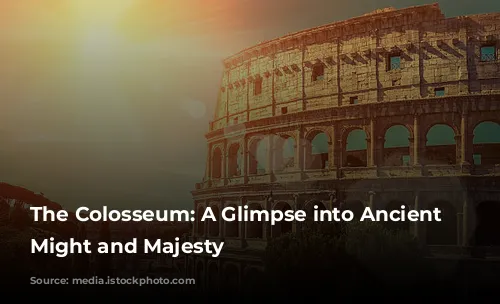
A Monument of Immense Proportions
The Colosseum’s imposing presence is undeniable. Its oval shape, measuring 189 meters long, 156 meters wide, and 48.5 meters tall, spans an impressive 6 acres. This sheer size, coupled with its intricate design, makes it a true architectural marvel.

The Colosseum’s Structure: A Symphony of Arches and Columns
The Colosseum’s outer walls are adorned with three tiers of columns, following the classical orders of Doric, Ionic, and Corinthian. Each tier boasts 80 arches, 76 of which are numbered with Roman numerals, still visible in some places. These served as guiding beacons for spectators, ensuring they could locate their seats effortlessly. Although 80 arches once marked the ground level, only 31 remain intact today, showcasing the Colosseum’s resilience through centuries of wear and tear.
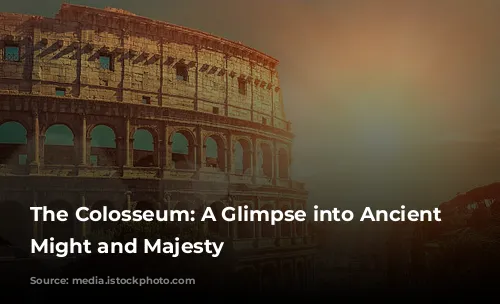
The Colosseum’s Material: A Testament to Ancient Craftsmanship
The Colosseum was built using travertine stone, quarried from Tivoli, located 20 miles away. An estimated 100,000 cubic meters of this stone were used, held together by thousands of iron clamps, a testament to the craftsmanship of the ancient Roman builders.
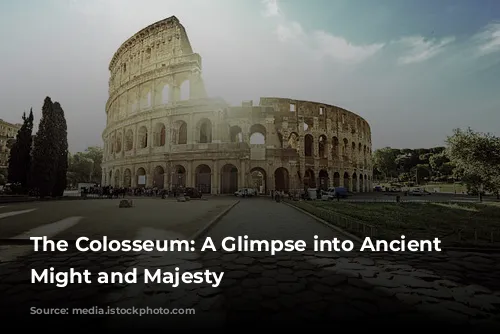
Beneath the Arena: The Colosseum’s Secrets
The Colosseum’s hypogeum, or underground level, is a labyrinth of tunnels and chambers where gladiators, animals, and prisoners were held before entering the arena. Eighty vertical shafts connected this hidden world to the arena, allowing for quick access and the dramatic deployment of scenery through a network of trap doors.
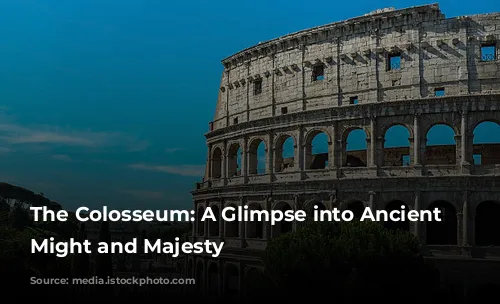
A Seat for Every Roman Citizen
The Colosseum had a capacity of 50,000 to 80,000 spectators, a testament to its immense size and popularity. Its design allowed for a diverse audience, accommodating all walks of Roman society.
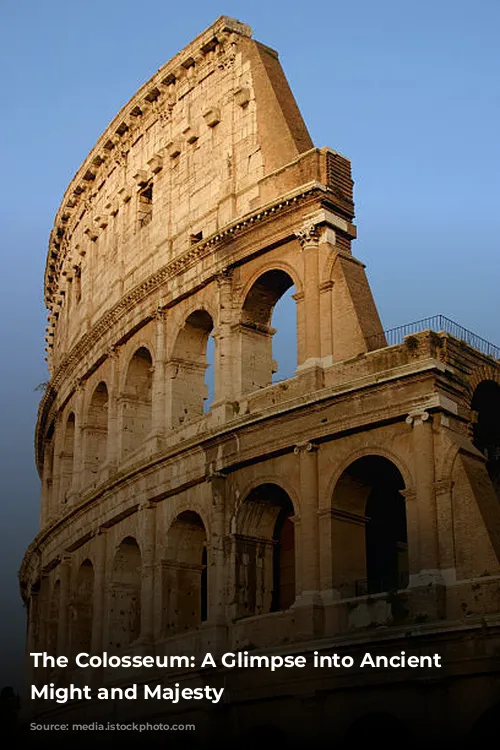
A Legacy of Blood and Spectacle
While the Colosseum captivated audiences with its grandeur, its history is also marked by tragedy. Estimates suggest that over 400,000 individuals, including gladiators, slaves, convicts, and prisoners, met their demise within its walls over the 350 years it was used for bloodsports.
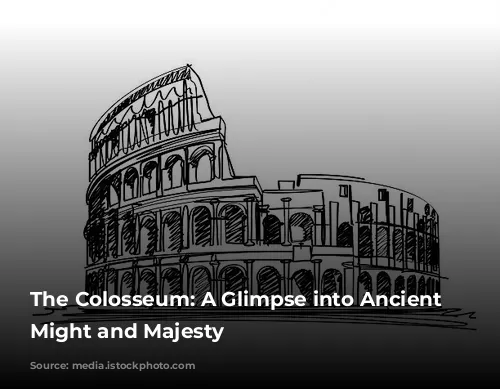
Animal Encounters in the Arena
The Colosseum’s arena witnessed an array of exotic animals brought in for staged hunts and executions. Lions, tigers, wolves, bears, leopards, wild boars, elephants, hyenas, buffalo, hippopotami, crocodiles, and even giraffes once graced the Colosseum’s stage, creating spectacles of unimaginable danger and excitement.
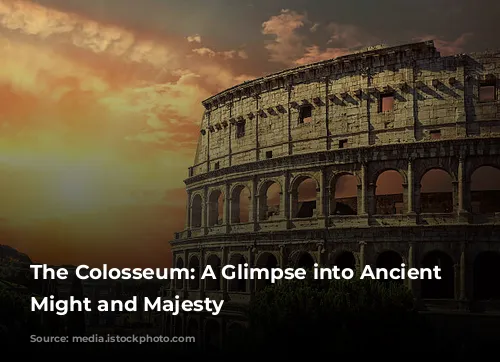
The Colosseum’s Spectacles: A Symphony of Blood and Entertainment
The Colosseum’s primary purpose was to provide entertainment, and it was used for a variety of spectacles, each designed to thrill and enthrall the audience. Gladiator battles, the most famous and common, pitted warriors against each other in a deadly dance of skill and survival. Animal hunts, where humans and wild beasts clashed in a struggle for survival, provided another form of entertainment. Executions were carried out in the arena, often involving condemned prisoners pitted against fierce animals, a practice known as “damnatio ad bestias.” And in the early days, the Colosseum even hosted naumachia, staged naval battles in which the arena was flooded.
Gladiator Fights: Reality Versus Myth
Contrary to popular perception, gladiator fights were not mere bloodbaths, but rather, highly organized events. Gladiators were divided into classes, based on their fighting styles and physical prowess. Referees and doctors were present, ensuring fairness and offering medical care when needed. While some battles undoubtedly ended in death, many gladiators survived, achieving fame and fortune through their skills. The Colosseum was not a chaotic free-for-all but a highly regulated form of entertainment.
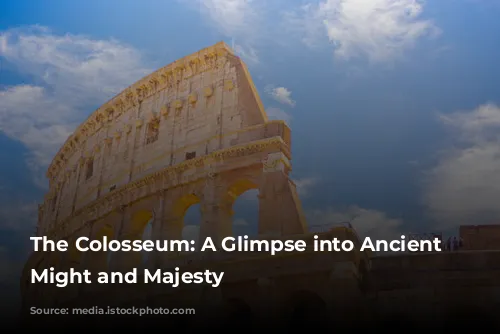
Christian Martyrs: A Matter of Debate
While thousands of people perished in the Colosseum over its long history, there is no conclusive evidence to support the idea that it was a site of Christian martyrdom, despite numerous accounts.
The Colosseum in Cinema: Fact and Fiction
The movie “Gladiator” brought the Colosseum’s history to life on the silver screen, and while the film offered a thrilling glimpse into the Roman world, it also took liberties with historical accuracy. Commodus was a real Roman emperor, known for his obsession with gladiatorial combat and often entering the arena himself, often facing handicapped or non-threatening opponents. His sadistic tendencies earned him the scorn of Rome’s citizens, contributing to his eventual downfall. However, his death did not involve a heroic gladiator as depicted in the movie.
The Gladiator’s Plight: Slaves and Prisoners
Gladiators were often members of the infame class, stripped of their rights and forced into servitude. They were considered the property of their owners, their lives forfeit, whether they chose to become gladiators or were condemned to this fate.
The Colosseum’s Last Stands: The Demise of Gladiator Battles
The exact date of the last gladiator battle in the Colosseum is unknown, but records indicate it occurred sometime around 435 AD. While gladiator battles ceased, the Colosseum continued to host animal hunts for another century, a testament to the enduring appeal of these spectacles.
The End of an Era: Why Gladiator Battles Ceased
Contrary to popular belief, gladiator fights didn’t disappear because of the Roman Empire’s adoption of Christianity. The primary factor was cost. By the 5th century, the Colosseum was in a state of disrepair, the Roman Empire was in decline, and the resources required to maintain the building, pay for gladiators, and provide exotic animals were dwindling.
Through the Ages: The Colosseum’s Enduring Legacy
The Colosseum has endured numerous challenges throughout its existence. Fires and earthquakes have inflicted considerable damage, but its resilience has allowed it to stand as a symbol of strength and survival.
A Monument of Many Uses
Over the centuries, the Colosseum has been used for various purposes. It was once a cemetery, a place of worship, and a source of building materials. It housed artisans, merchants, and religious orders. It was even transformed into a fortified castle. Today, it stands as a world-renowned tourist attraction, drawing millions of visitors annually.
A Beacon of History and Tourism
The Colosseum attracts over 7 million visitors each year, cementing its status as one of the most visited landmarks globally. Its popularity has surged in recent years, with tourism rebounding after the global pandemic.
The Colosseum, with its rich history, architectural grandeur, and enduring appeal, continues to stand as a symbol of Rome’s past, reminding us of the empire’s immense power and the enduring fascination with its bloody spectacles.
